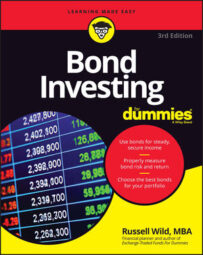Although relatively new, exchange-traded funds (ETFs) and bond ETFs have caught on big in the past several years. ETFs, like closed-end funds, trade on the exchanges like individual stocks. (Yes, even the bond ETFs trade that way.)
You usually pay a small brokerage fee ($10 or so) when you buy and another when you sell. But while you own the fund, your yearly fees are very low; they are, in fact, a fraction of what you’d pay for a typical bond mutual fund, closed-end fund, or any other kind of fund.
Unlike closed-end funds, ETFs usually maintain a price that closely matches the net asset value, or the value of all the securities in the portfolio. However — at least at the present time — the vast majority of ETFs are index funds, unlike both closed-end and mutual funds. About 11 percent (150) of all 1,441 ETFs available to U.S. investors are bond ETFs.
There aren’t as many fixed-income ETFs relative to mutual and closed-end funds, but that number will continue to expand. Their popularity is in part due to their super low expense ratio. The average bond ETF charges only 0.30 percent a year in operating expenses, and a good many are less than 0.20 percent.
Stock ETFs tend to be much more tax-efficient than stock mutual funds. In the bond arena, the difference isn’t as great. ETFs tend to be lower cost, but you may have to deal with small trading commissions. And at times the net asset value of your ETF’s securities may rise above, or fall below, the market price. This flux shouldn’t be a major concern to buy-and-hold investors.

